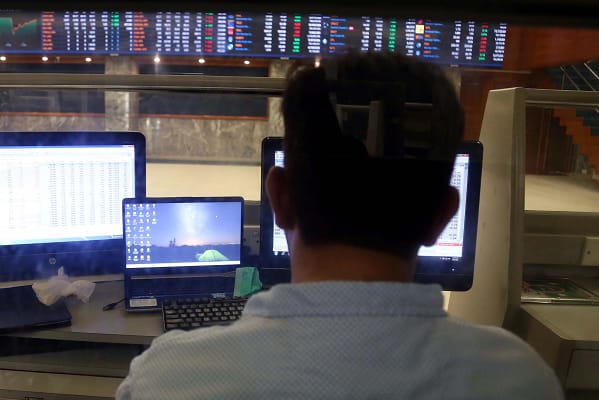Bussiness
What will leadership look like in 2025? | London Business School

In today’s world, agility is key. Of course, it was always important, but given the pace of change that we now see, it is much more important than before. How can we institutionalise into the DNA of the organisation the day-to-day behaviours that will allow us to identify and respond to change early –and how can we achieve this in a decentralised way, where every team leader plays a role?
Continuous disruption requires continuous innovation. Competitive advantage is short-lived in an environment of continuous disruption, so companies need to search continuously for new ways to differentiate themselves. This is where innovation comes into play. But how can we encourage the pursuit of continuous innovation in the whole organisation? How can we get innovation out of everyone?
Continuous disruption creates ambiguity. How, then, can you develop strategy in such a context? By the time you decide what to do – based on the environment you faced when deciding what to do – the environment may have changed! How do you stay focused on your destination while adapting to the changes around you?
How do you give autonomy to people to respond to change without losing control? How do your people know what they can decide on their own and what they cannot decide on their own?
How do you increase the speed of your decision-making? This is a requirement not only at the individual level but also at the organisational level. But how do you make the whole organisation faster at making decisions (and make sure that speed does not come at the expense of quality)?
Continuous change makes existing assumptions and beliefs irrelevant. You must therefore be ready to change beliefs and ways of operating that have served you well over the years. But how do you know which of the many beliefs you hold are the ‘wrong’ ones to change? And how do you change entrenched habits and beliefs? These are the conundrums that leaders will increasingly face in 2025.
Being strategic about the future of work
John Dore, Programme Director, Executive Education
Each year, leadership trends and themes come and go – authenticity, growth mindset, curiosity, empathy, emotional intelligence and radical candour are just a few. New approaches, new research and new thinking are applied to the age-old problems of more effectively leading organisations and people. However, some perennial leadership challenges remain common across the years: the need to improve productivity, deepen engagement, and source, retain and grow talent. But in 2025, those three spiky challenges seem likely to be even more demanding as the mode and pattern of our working lives have shifted from corporate to individualised and from together to apart. If it is not already a top-team concern, forming a coherent strategic response to ‘the future of work’ will be a pivotal leadership issue for CEOs in 2025.
The past three years have seen the early skirmishes of a new front in tiresome ‘culture wars’ as organisations and their leaders have wrestled with the growth in flexible, remote and hybrid working. In the UK, hybrid is widely adopted and wildly popular, with 44% of employees working from home. Some 14% now work wholly remotely. In the US, Elon Musk and Vivek Ramaswamy will head a new department, pithily named ‘DOGE’ (Department of Government Efficiency), aimed at cutting waste in government and improving productivity. An early target will be federal employees’ preference to work from home, with Musk posting that full-time attendance no longer exists, as “less than 1% attend the office… almost no one.”









